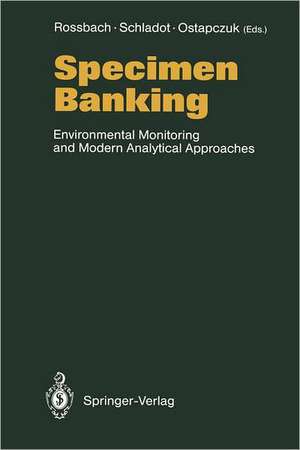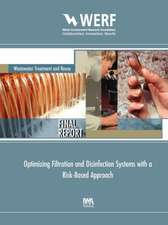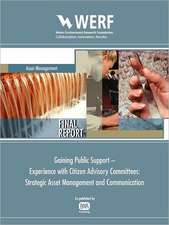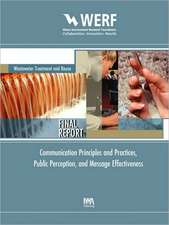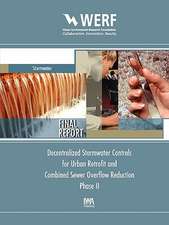Specimen Banking: Environmental Monitoring and Modern Analytical Approaches
Editat de M. Rossbach, J.D. Schladot, P. Ostapczuken Limba Engleză Paperback – 8 dec 2011
Preț: 386.00 lei
Nou
Puncte Express: 579
Preț estimativ în valută:
73.86€ • 77.38$ • 61.21£
73.86€ • 77.38$ • 61.21£
Carte tipărită la comandă
Livrare economică 08-22 aprilie
Preluare comenzi: 021 569.72.76
Specificații
ISBN-13: 9783642771996
ISBN-10: 3642771998
Pagini: 260
Ilustrații: X, 242 p.
Dimensiuni: 155 x 235 x 14 mm
Greutate: 0.37 kg
Ediția:Softcover reprint of the original 1st ed. 1992
Editura: Springer Berlin, Heidelberg
Colecția Springer
Locul publicării:Berlin, Heidelberg, Germany
ISBN-10: 3642771998
Pagini: 260
Ilustrații: X, 242 p.
Dimensiuni: 155 x 235 x 14 mm
Greutate: 0.37 kg
Ediția:Softcover reprint of the original 1st ed. 1992
Editura: Springer Berlin, Heidelberg
Colecția Springer
Locul publicării:Berlin, Heidelberg, Germany
Public țintă
ResearchCuprins
1. Introduction.- 1.1 Preface.- 1.2 Editorial Foreword.- 1.3 Markus Stoeppler — Impressions of his Life with Science.- 2. Specimen Banking.- 2.1 Specimen of Human Origin for Biomonitoring.- 3. Specimen Banking in Industrialized Countries.- 3.1 Progress of Six Years Experience with Environmental Specimen Banking in the Federal Republic of Germany.- 3.2 Specimen Banking at the National Institut of Standards and Technology.- 3.3 Specimen Bank Activities at NIES.- 4. Practical Specimen Banking.- 4.1 Selection and Preparation of Relevant Reference Materials for Agricultural Purposes.- 4.2 The Common Mussel (Mytilus edulis) as Marine Bioindicator for the Environmental Specimen Bank of the Federal Republic of Germany.- 4.3 The Role of Reference Lead and Cadmium Reference Samples in an Epidemiological Case Study of Santo Amaro, Bahia, Brazil.- 5. Organic Analytical Approaches.- 5.1 Air Filter Samples — Necessary for Environmental Specimen Banking?.- 5.2 A Simple Cleanup Procedure for the Quantitative Determination of PAHs and Nitro-PAHs in Particulate Matter.- 5.3 Analysis of Chlorinated Hydrocarbons (CHC) in Environmental Samples.- 6. Inorganic Analytical Approaches.- 6.1 Nuclear Analytical Methods in Environmental Specimen Banking.- 6.2 Advanced Electrochemical Techniques for the Determination of Heavy Metals in Specimen Bank Materials.- 6.3 Determination of Trace Elements in Human Organs Using ICP-AES.- 6.4 Future Prospects of Graphite-Furnace AAS.- 6.5 Occurrence and Behavior of Mercury and Methylmercury in the Aquatic and Terrestrial Environment.- 7. Future Developments.- 7.1 Standard Reference Materials for the Identification and Determination of Inorganic and Organometallic Compounds of Trace Elements.- 7.2 Prompt Gamma Activation Analysis with Cold Neutrons for theCharacterization of Specimen Bank Materials.
